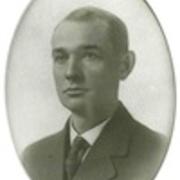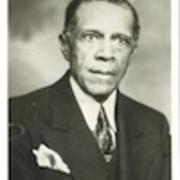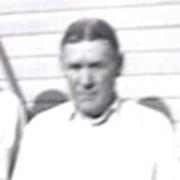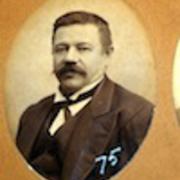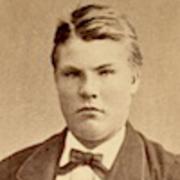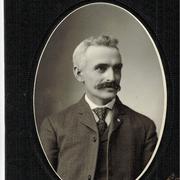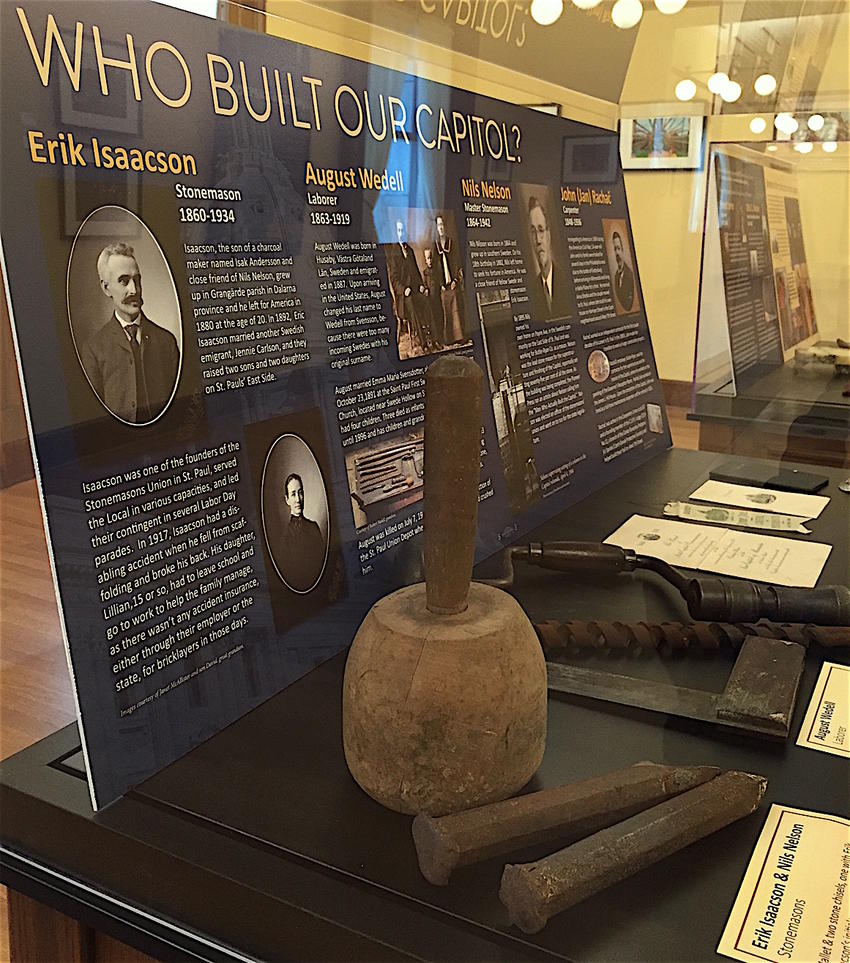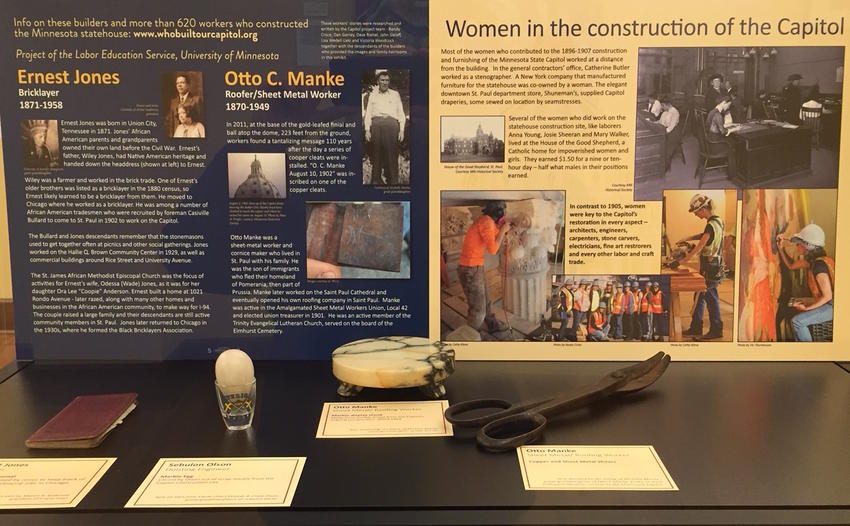
Show on tradeswomen and original builders at Capitol
A two-part exhibit opened at the Minnesota State Capitol this week. One section focuses on the role of women in constructing the Capitol. The other shows tools and objects made and used by the original tradespeople who built the statehouse. The display grew out of the LES “Who Built Our Capitol?” project that uncovered more than 620 of the original builders from1896-1905.
From 2009 through 2017, University of Minnesota Labor Education Service project director Randy Croce, together with a team of researchers - Dan Ganley, Dave Riehle, John Sielaff and Victoria Woodcock - looked through thousands of historical records and traced family members to find the names and stories of the original Capitol builders. They tracked down more than 200 descendants of the original builders. Among them were six workers’ families who lent the items on display.
Carpenter John Rachač’s invitation, badge and program from the 1905 opening of the Capitol put the 2017 reopening in perspective. The display also brought tools used by stonemasons Erik Isaacson and Nils Nelson, sheet metal roofer Otto Manke and laborer August Wedell back to the building where they were used.
"I take great pride that my grandfather helped construct this beautiful building," said Robert Wedell. "Every time I drive by, I marvel at how those workers were able to build such a great Capitol building with the somewhat primitive tools available to them."
Manke and hoist operator Sebulon Olson carved items on display from stone taken from scraps on the capitol construction site. Linda Olson and Elaine Olson Ekstedt, great-granddaughters of Sebulon Olson, expressed the feelings they have for the marble egg he carved.
”There’s a story that goes with it and someone keeps telling the story generation after generation. This is shared history, a connection to the State Capitol. And it is strong and it keeps us here. The roots go deep.”
Brief biographies of the workers accompany the items. The six tradesmen migrated to St. Paul from European countries and the American South. All were union members and most played prominent roles in the labor movement of their day.
Victor Thorstenson. Minnesota Department of Administration Information Officer and co-designer of the display noted, “The restoration was done entirely with union trades people. The Capitol was built union 110 years ago and it was rebuilt union today.”
Most of the women who contributed to the construction and furnishing of the State Capitol worked at a distance from the building. Some worked in the contractors’ office, others as drapery seamstresses. A New York company that manufactured furniture for the statehouse was co-owned by a woman.
Only a few women did work on the statehouse construction site, like laborers Anna Young, Josie Sheeran and Mary Walker. They earned $1.50 for a nine or ten-hour day – half what males in their positions earned.
“With the renovation of the Capitol,” said Thorstenson, “we made it an aim to do things that did not happen between 1896 and 1905, which was to get more women and minorities involved in the reconstruction. We set ambitious goals and met them.”
Restoration workers logged 1.4 million hours between 2012-2017, 28 percent by minority tradespeople and 12 percent by women. Women were key to the Capitol’s renovation in every aspect –architects, engineers, carpenters, stone carvers, electricians, fine art restorers and every other craft and trade.
Display co-designer Michelle Manke, descendant of roofer Otto Manke, selected photos, edited the biographies and created the layout for a traveling version of the exhibit.
“Having my great-grandfather be so involved in this project, it's very emotional. I'm sure that he would have never guessed 110 years later that he would be recognized here. Maybe it was a call for us to know the history of this building and what the future can mean for it."
“I am glad to share the items on display, creating a second use for them,” reflected David McAllister, “and I am encouraged that their presence may inspire dialog, Having the tools of my great-grandfather and others on display at the Capitol may help viewers make the connection to the people that used them; that the seemingly small hand-tools could have been responsible for the work performed to create this great building.”
“I just want to thank the families who lent these items to share with the public,” said Thorstenson. “Thousands and thousands of visitors who come to the Capitol can now take a look at them. They can see those tools and look around and see what those tools made in the hands of the workers who built this stunning building. It’s a very important tie from the people who built the Capitol to the people who are enjoying it today.”
“My mother was very, very proud that Papa helped build this building.” said Marvin Anderson, grandson of bricklayer Ernest Jones. “It is gratifying that the wages book he used is now on view in the building he helped construct.”
“I grew up hearing stories about my great-grandfather, John Rachač, wrote Julie Kierstine. “I have always thought of this man with gratitude, because his hard work and sacrifice made my life possible. …These objects that have been preserved and treasured for generations by the families, represent the hard work, skill, expertise and artistry that made the Capitol what it was, and what it still is, today.”
The exhibit will run at least through December 2019.
DIRECTIONS TO EXHIBIT: Take the southeast elevator to the third floor of the Capitol, walk straight down the corridor and enter the second door to the right - Public Meeting Rooms 316-318, then take the first door down the hallway to the right into Exhibit Room 321.
The LES display is surrounded by an exhibit of photographs, paintings and graphic art portraying the August 11-13, 2017 Grand Opening to celebrate completion of the $310 million restoration of the building.
While visiting the statehouse, visitors can also find a basement level display of photographer Tom Olscheid’s black and white images of tradespeople engaged in the recent restoration work, as well as a memorial plaque honoring all of the workers who built and restored the Capitol.
Related articles:
Hundreds attend ceremony honoring capitol construction workers
Capitol grand opening honors workers who built and restored it
